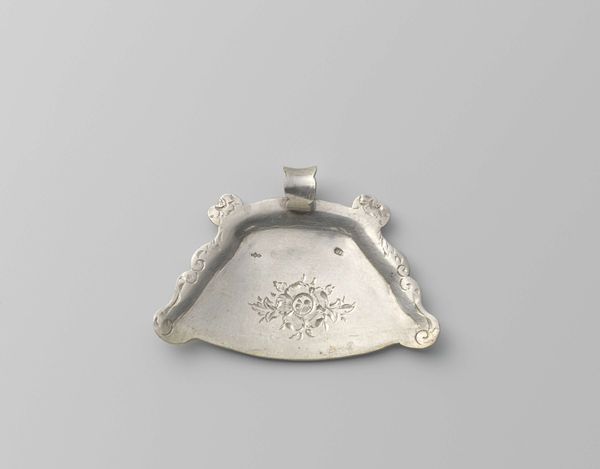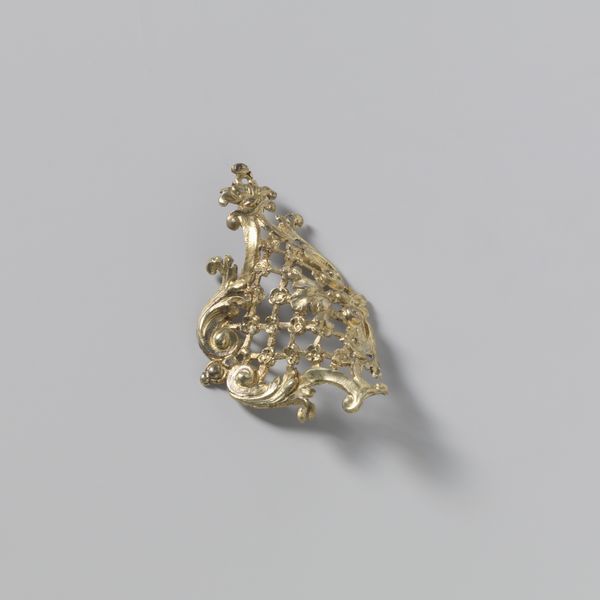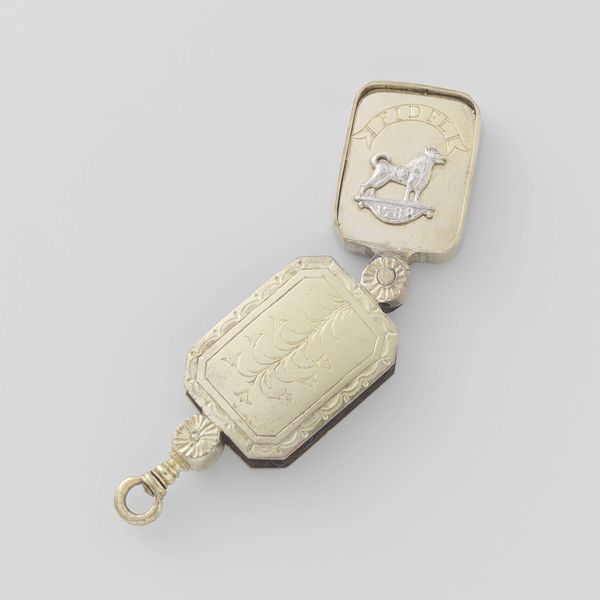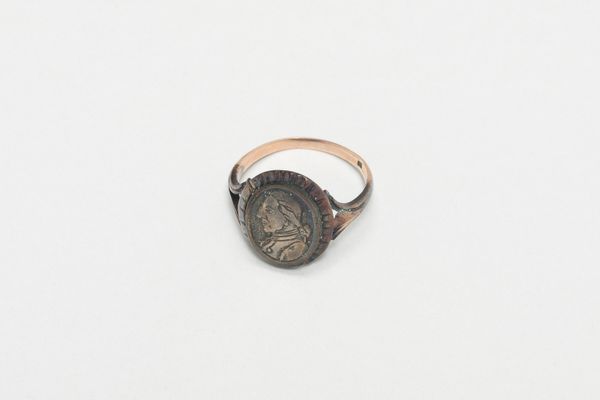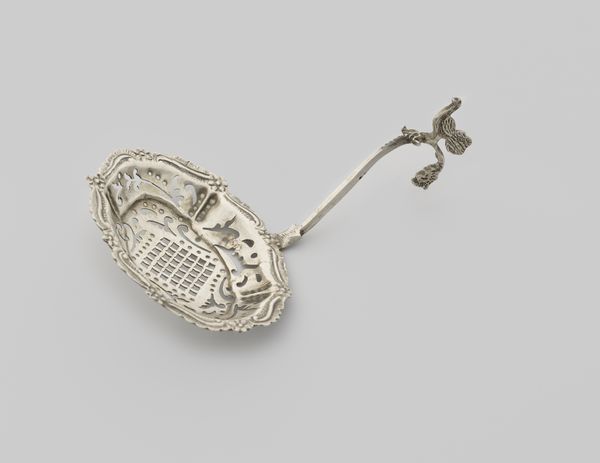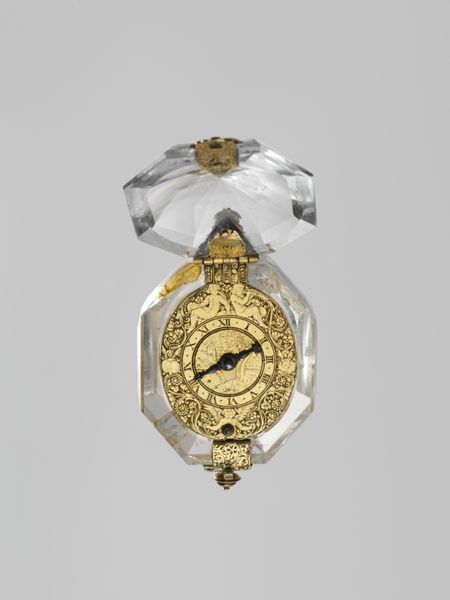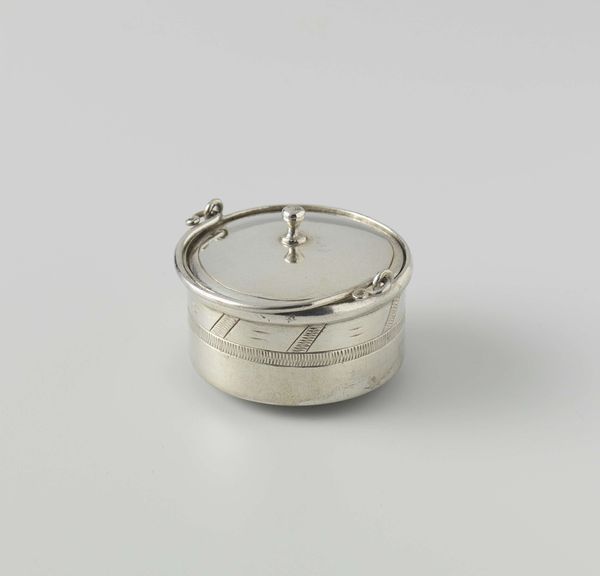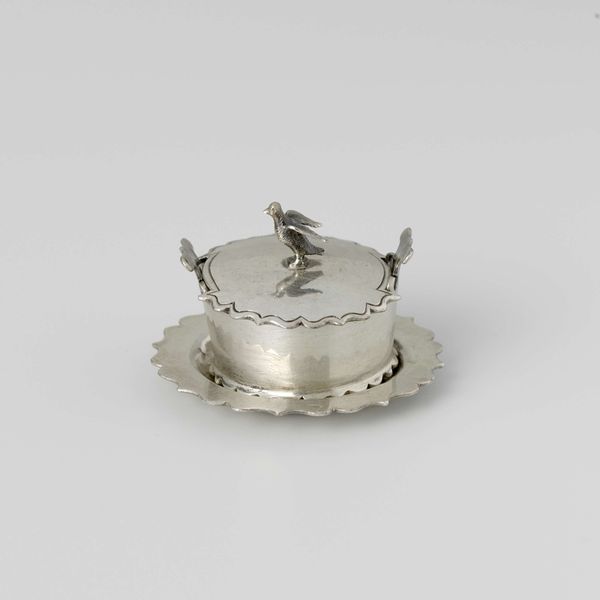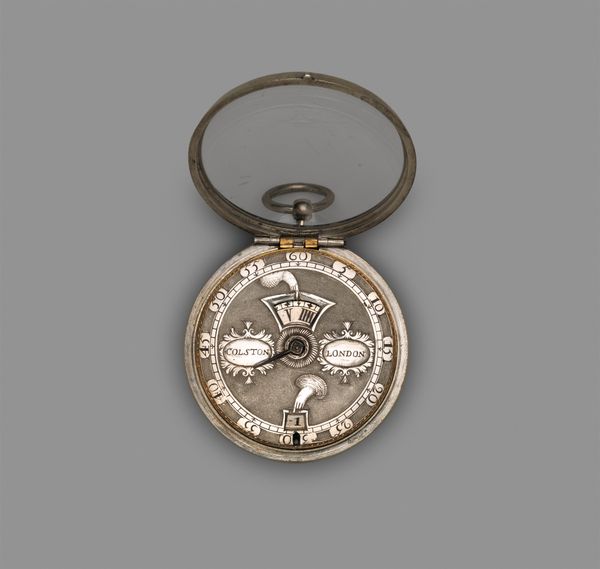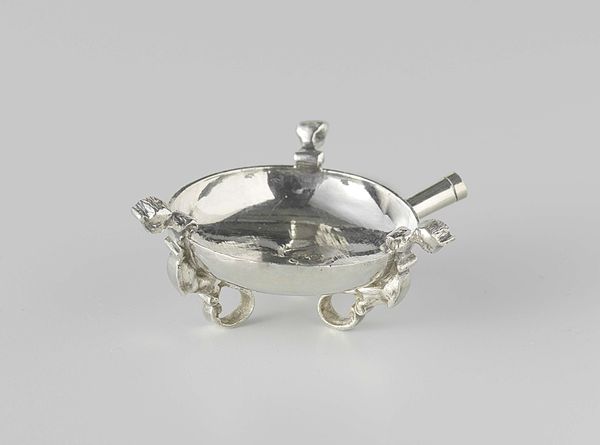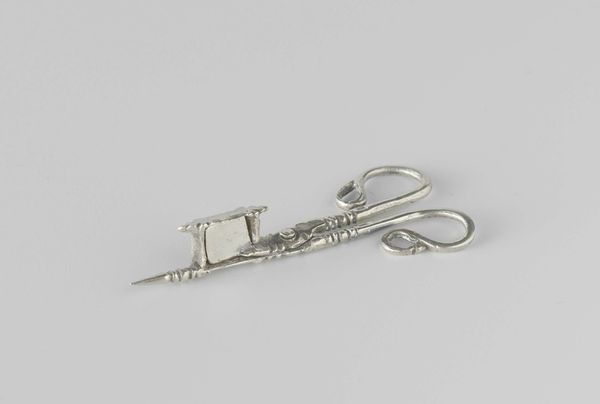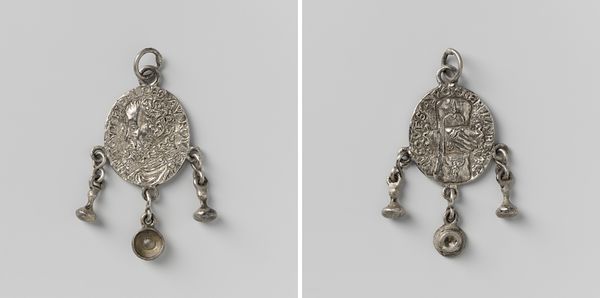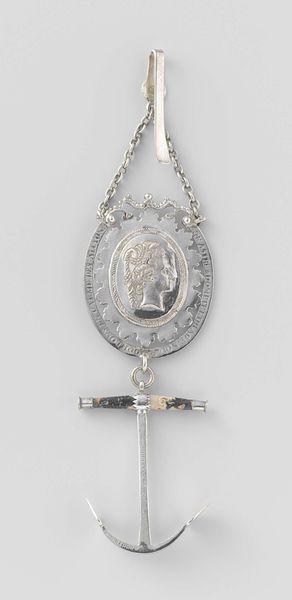
Keeshondje, draagteken ter ere van Hendrik Danielsz. Hooft, burgemeester van Amsterdam 1788
0:00
0:00
metal, sculpture
#
portrait
#
neoclacissism
#
metal
#
dog
#
sculpture
#
decorative-art
#
miniature
Dimensions: diameter 3 cm, diameter 2 cm, weight 64 gr
Copyright: Rijks Museum: Open Domain
This small gold and silver badge commemorates Hendrik Danielsz. Hooft, a mayor of Amsterdam. The image of a keeshond, or spitz, and the year, likely refer to Hooft's role in suppressing the Patriot unrest of 1787 in Amsterdam. The badge reflects the fraught political landscape of the Dutch Republic at the time. The Patriots, influenced by Enlightenment ideals, sought democratic reforms and challenged the power of the established Stadtholderate. The Orangists, supporting the Stadtholder, eventually suppressed the Patriot movement. Such badges were likely commissioned and distributed by Orangist factions to celebrate their victories and legitimize their authority. The choice of a keeshond might allude to loyalty and vigilance, qualities associated with Hooft's actions. To understand this object fully, historians consult a range of sources: archival documents about the Patriot movement, political pamphlets from the period, and genealogical records that reveal the complex social networks of Dutch elite families. Through attention to context, we can understand how art and politics were intertwined.
Comments
No comments
Be the first to comment and join the conversation on the ultimate creative platform.
